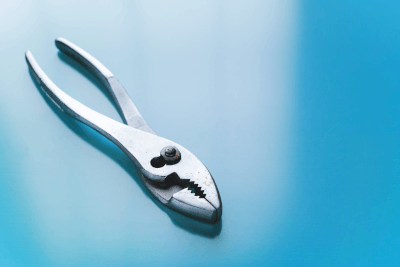What Is a Tire Pressure Gauge?
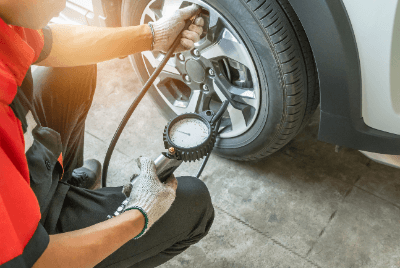
A tire pressure gauge, also known as an air gauge or master gauge, is a tool used for measuring and adjusting the air pressure in tires. Proper management of tire pressure is crucial for vehicle safety. Although many drivers might not regularly monitor their tire pressure, it’s important to check and adjust it regularly to maintain optimal vehicle performance
Necessity of Tire Pressure Management
Managing tire pressure is essential to prevent traffic accidents. Low tire pressure can lead to the standing wave phenomenon. If a vehicle continues to drive under this condition, the tires may overheat and potentially burst. Additionally, low tire pressure increases driving resistance, makes steering more difficult, and negatively impacts fuel consumption.
Types of Tire Pressure Gauges
Tire pressure gauges are broadly classified into dial, bar-shaped gauge, and digital display types. Their prices vary based on the accuracy of air pressure measurement. While affordable gauges, including many Chinese-made options, are available, it’s crucial to consider battery life and gasket quality when making a selection.
Uses of Tire Pressure Gauges
Tire pressure gauges are primarily used for measuring tire air pressure. If the pressure is found to be low, it must be refilled with air or nitrogen gas, typically using an air compressor at a gas station. Portable compressors available at car accessory stores offer a convenient home solution. However, be mindful of noise levels and consider the time and surroundings when using these devices.
- Supplementary information on the use of tire pressure gauges
Recently, small compressors that can be easily filled with air at home are sold at car accessory stores. They are surprisingly affordable, starting at around 15 dollars, and available on the Internet. They can be used in any car since power is supplied from a 12 V cigar power source. However, since the operation noise is somewhat loud, it is necessary to be considerate of the time of day and neighbors when using the device.
- Precautions when using tire pressure gauges
Generally, tire pressure is measured when the tire itself is completely cold. Since there is a considerable difference in temperature between mid-summer and mid-winter, even if the air pressure is set at the correct pressure in mid-summer, it will often become incorrect in mid-winter. When the temperature and road surface temperature drop, it is recommended that the air pressure be measured once before winter using a tire pressure gauge. Measuring air pressure in the heat of summer is not only affected by the outside temperature but also by the heat received from the asphalt, which is considerably heated under the scorching sun. In mid-summer, the asphalt in the hot sun is so hot that it burns to the touch. Under these conditions, it becomes difficult to adjust tire pressure properly. It is also recommended to check tire pressure about once every two months.
- Tips for adjusting tire pressure
Tire tread wear varies slightly depending on air pressure. For example, if the tire pressure is set too high, the center of the tire tread will wear more easily. Conversely, if the tire pressure is set too low, both ends of the tire tread will wear more easily. By carefully observing the wear condition of the tire and adjusting the tire pressure to use the tire in a well-balanced manner, the tire can be made to last longer.
Principle of Tire Pressure Gauges
The main method of measuring air pressure with tire pressure gauges is to use a piston as the internal structure. When the tire pressure gauges are connected to the air valve of the tire, the piston integrated with the spring inside the tire pressure gauges is pushed out by the air pressure from inside the tire. This moves the inside of the tire pressure gauge, converting its position into an air pressure display based on the amount of movement. The meter displays the value in a readable manner.
The simple rod-shaped tire pressure gauges also have the piston structure described above, and the position of the piston can be displayed on the gauge as it is, and the air pressure can be measured by reading the scale. This makes the structure relatively simple. The dial display type with a built-in piston has a structure that allows the air pressure indication to be read by converting the piston’s movement into its position on a rotary meter. Both display types have an internal stopper that stores the highest measured value so that it can be read.
The dial type also includes the Bourdon tube type. The Bourdon tube type has an oval-shaped metal pipe in the internal structure of the tire pressure gauges, which deforms according to air pressure to measure the air pressure inside the tire and display it on the meter of the tire pressure gauges. As a rule, the Bourdon tube type tends to have higher measurement accuracy than the piston type.
Accuracy of Tire Pressure Gauges
First of all, for tire pressure gauges to accurately measure the air pressure, it is necessary to check the condition of the tire itself.
Tires that have been driven heavily have the characteristic of displaying a higher tire pressure because of the heat and expansion of the air inside the tire. Therefore, the tire pressure immediately after driving may not be accurately displayed in the tire pressure measurement. To accurately measure tire pressure, it is important to move the vehicle indoors on unheated asphalt or concrete and allow the tires to cool sufficiently before measuring the tire pressure.
The accuracy of tire pressure gauges varies from product to product, depending on the price range and internal construction.
The lower-priced tire pressure gauges will have a larger error in air pressure, which can be negligible for some serious competition vehicles. Inch-up tires and tires with low flatness tend to pull tires, so any error in air pressure is dangerous because it can lead to bursts while driving.
If you require accuracy in tire pressure gauges for your use, choose tire pressure gauges that are appropriate for the price. If necessary, use a tire pressure gauge that is more accurate.
If you are driving mainly in town, and not at high speeds, you do not need to pay much attention to the error of tire pressure gauges, but please be aware that tire pressure gauges have various errors depending on the product.
Calibration of Tire Pressure Gauges
If tire pressure gauges are used for a long period, errors will gradually occur, and if left unchecked, the errors will become larger and larger, so regular “calibration” is necessary to prevent this.
The most accurate way to perform “calibration” is to borrow calibration equipment from tire manufacturers and perform calibration.
The air hose from the compressor is connected to the main unit of the calibrator, and the air pressure is adjusted to a constant value. Next, connect the tire pressure gauges to the valve of the calibrator, and check if the tire pressure gauges show the same value as that of the calibrator. If there is an error, adjust the tire pressure gauges so that the value on the tire pressure gauges side is the same as the value on the calibrator side. Repeat this process until the values become the same, and “calibration” is completed.
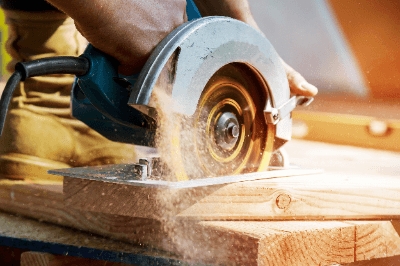
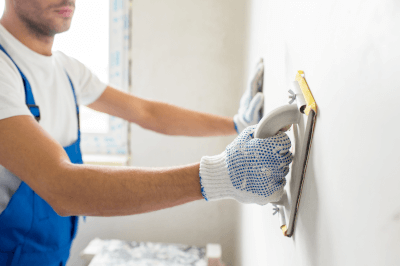


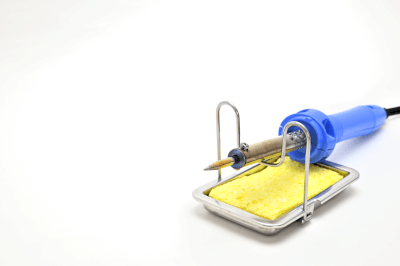
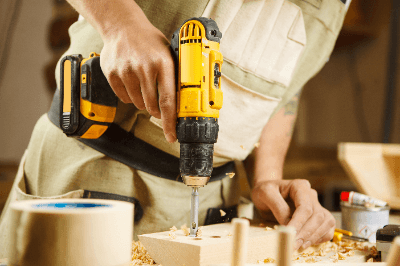


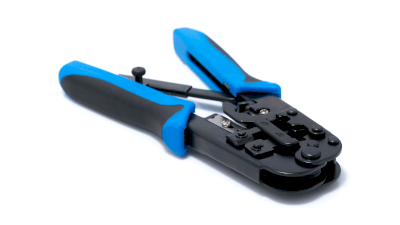 Originally, ‘crimping’ described a method of joining metal plates through deformation, and the term extends to wire and terminal connections. For connecting a terminal to an electric wire, a special
Originally, ‘crimping’ described a method of joining metal plates through deformation, and the term extends to wire and terminal connections. For connecting a terminal to an electric wire, a special 